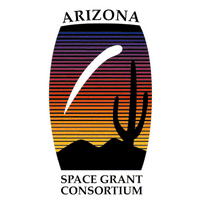Arizona Space Grant Consortium
University of AZ Undergrad Mentored NIFS

This year, the University of Arizona (UA)/NASA Space Grant Undergraduate NIFS program has two distinct elements: research scholarships that incorporate students into Arizonas distinguished space science and engineering research enterprises on campus, with industry, and at local Federal research facilities, and research internships that incorporate our most stellar scholars into summer mentored research at NASA Centers. For both, competitively selected undergraduate sophomores through post-baccalaureate students from UA and (MSI) Pima Community College (PCC) are eligible for award through this UA program. This year, one UA undergrad, Collin Lewin, was awarded a scholarship at UA, and an internship at NASA Marshall Space Flight Center (funded by NASA Marshall and not further reported herein). In addition, AZSGC members from across Arizona, funding permitting, support placement of their exceptional research scholars in NASA Center internships, which are demonstrated to be exceptional and inspirational next-step learning opportunities. Both types of opportunities inspire awardees into advanced degree programs and ultimately into the American NASA STEM-related workforce.
AZ scholarships engage most participants for at least 160 hours over the course of an academic year; NASA Center internships engage students for at least 400 hours for 10 weeks in the summer. In both, students engage in a paid, hands-on, mentor-guided, research, research and development, science writing, science policy or science education experiences, rooted in NASA related questions and issues. NIFS awards are designed to be challenging work experiences, geared to provide undergraduates exploring career options, opportunities to broaden their educations with a rich, hands-on experiences with the full process of inquiry and discovery. Awardees include a diverse group of STEM majors, non-science majors with STEM career goals, and those traditionally under-represented in STEM.
Many research mentors provide cost sharing for their Space Grant scholars; funds come from local and other federal sources. Per NASA reporting guidelines, other federal dollars are not reported in award totals. As a result, some reported student award amounts are less than earned. This year $32,072 in other federal funds were contributed to support research scholars by their program mentors.
Scholarships and internships are designed as challenging work experiences funded by NASA Space Grant and mentors and NASA. Students apply competitively for both; Arizona faculty and researchers, many with considerable national and international renown, apply competitively to be matched with AZSGC students. It is a firm commitment by both student and mentor that provides the opportunity to fully experience research, research and development, science writing, science policy, or science education. It is not a work-study position involving a series of unrelated tasks. Instead, scholarships will involve these phases:
1. The learning curve (equipment, software, even the topic itself, etc.);
2. Define the context (state the problem, pose the hypothesis, detail the specifications detailed, set the educational objective, identify the story, etc.);
3. Determine methodology (experiment designed; data collected; design documented, etc.);
4. Conduct the work (data collection; analysis; fabrication; application development; testing; teaching; reporting; writing, etc.);
5. Compile the results (data synthesis; code implementation; teaching evaluation; article editing and publication, etc.);
6. Interpretation (what happened and what does it mean);
7. Formal Presentation (at the annual Arizona/NASA Statewide Undergraduate Research Scholarship Program Symposium, see Higher Education Program Activity).
NASA internships are similar with the added inspiration of students experiencing work on a NASA campus, working alongside and surrounded by NASA researchers, facilities and personnel.

